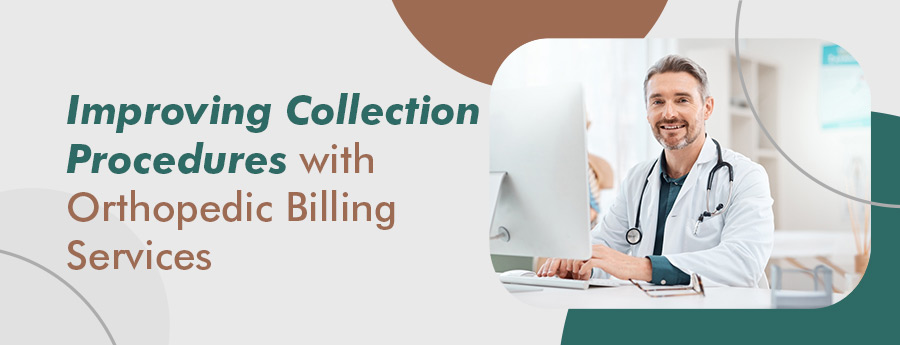Email: info@prgmd.com | Call: +1 (630) 242-6474
Business hours: 9:00 to 5:00 | Monday to Friday
Email: info@prgmd.com | Call: +1 (630) 242-6474
Business hours: 9:00 to 5:00 | Monday to Friday

Table of Contents
ToggleOrthopedic billing is the most critical aspect of orthopedic medical services. Transparent coding and billing in orthopedic billing can make more claims go through, increase the cash flow, and help your business grow.
Denials often occur when making the orthopedic claims submission, and if the correct initiative is taken on time, one can save the whole ordeal of denials and claims re-submissions. Unfortunately, orthopedic billing demands more time and energy due to the apparent complexity involved in billing and coding processes.
There is a need for proper billing and coding strategies to increase the chance of reimbursement and reduce denials. The following steps can be helpful; however, If you need further clarification, getting orthopedic billing services can be the right choice for your medical practice.
Orthopedic medical billing can be a complicated and time-taking process as thE field requires complex coding and documentation to get on-time reimbursements.
Follow these tips to improve your orthopedic medical billing processes:
More than 370 healthcare providers consider prior authorization a challenging task as each process undergoes a time-consuming process, with many phone calls and faxes, and later on, they have to resort to appeals. However, artificial intelligence tools can automate the orthopedic EMR/EHR processes with easy manual input.
The process will include the following:
Another big challenge for orthopedic revenue is managing the denial claims and keeping an eye on the account receivables. According to an estimation, nearly 60 percent of the claims are denied due to write off, whether they need more expertise over the appeals prices or follow-up.
However, the denials management process can be automated to reduce the denials.
First, you need to understand how payer process claims work for orthopedic claims management.
Each payer has a different claims procedure. However, having a specific road map for each insurer is indispensable. Once you comprehend the submission process, you can find out how to accurately manage your claims.
Account receivables in orthopedic medical billing can be another challenge. There are many ways to do the billing process. However, if you pick the wrong one, the chances are that you will lose more reimbursements.
The following tips can ensure you are following the accurate and latest version of the account receivables:
To increase income and decrease claim denials, orthopedic billing services can be a very effective strategy. If you have proper methods, you can improve efficiency, accuracy, and compliance without causing costly errors that could result in lower reimbursements or denials of claims. The suggestions above will ensure that you can take full advantage of the orthopedic billing services available to you and your patients.
Share: